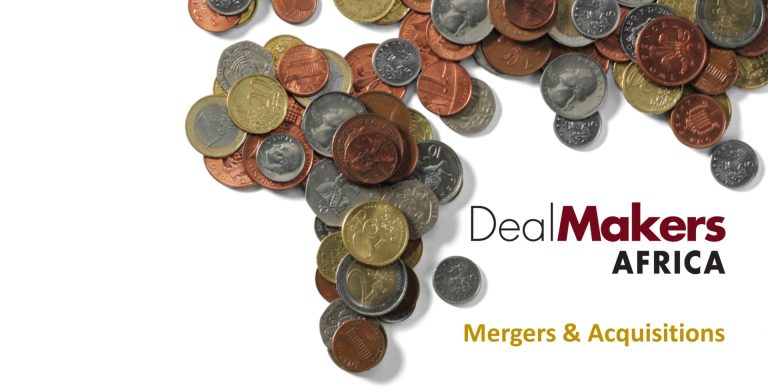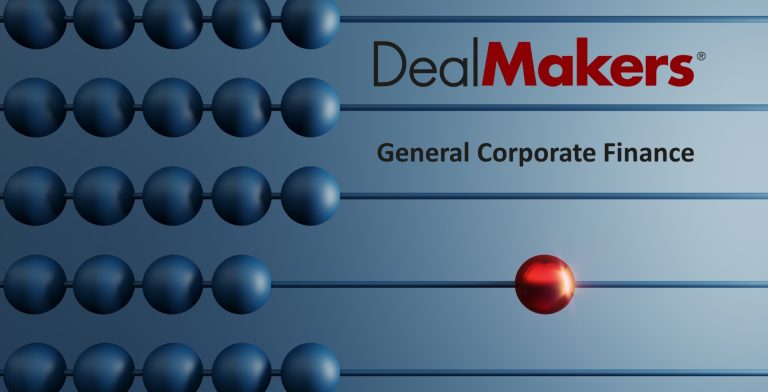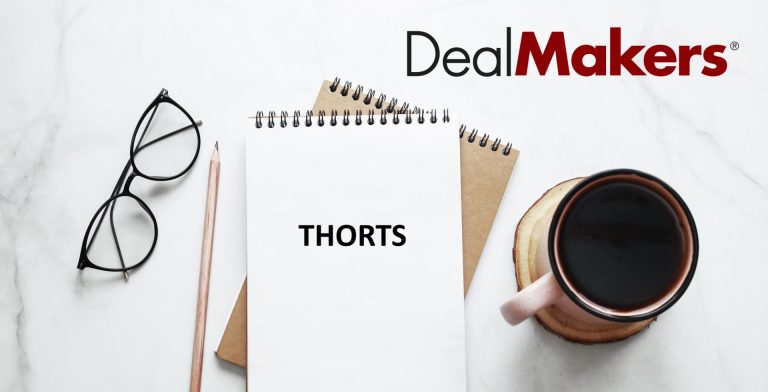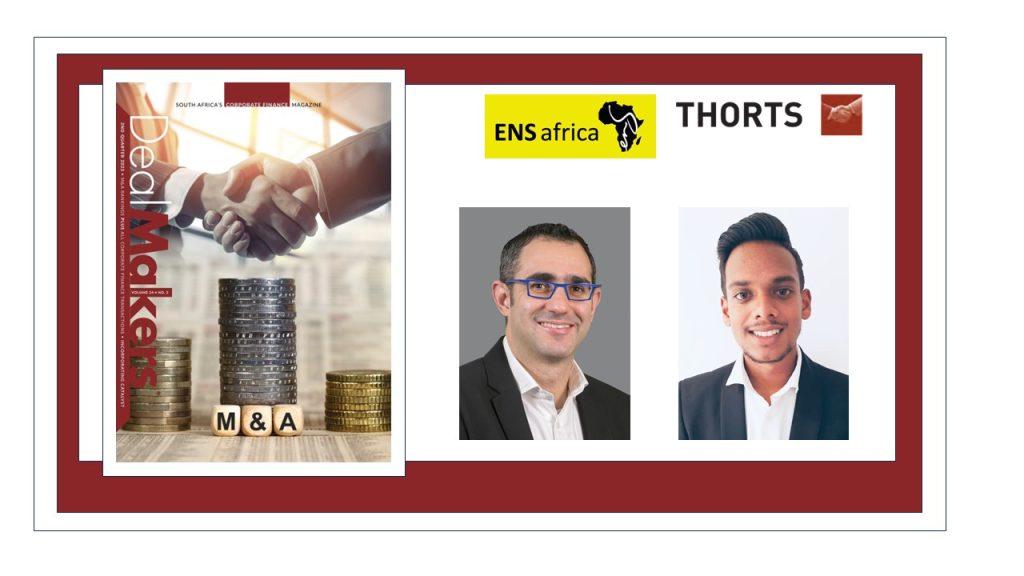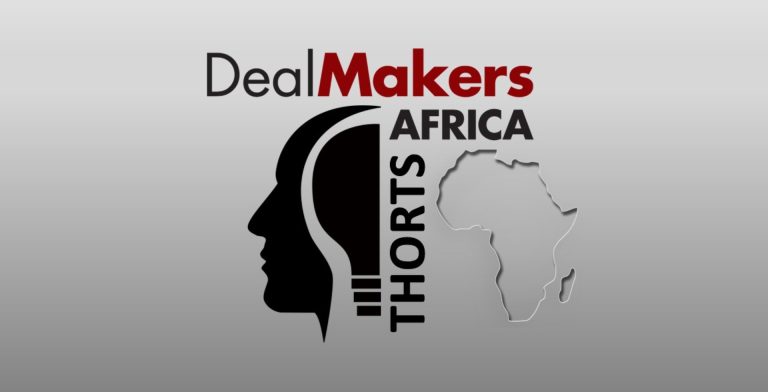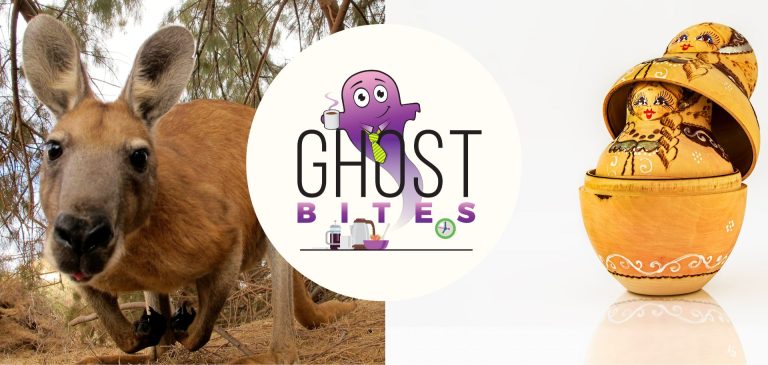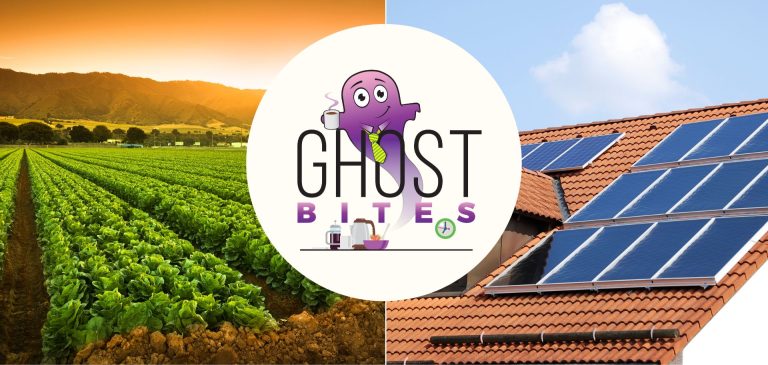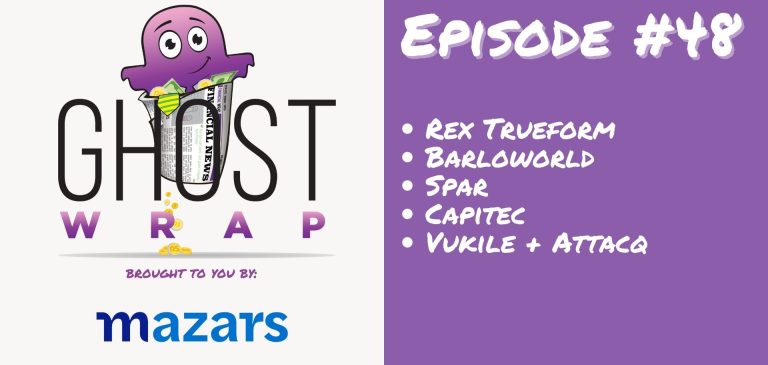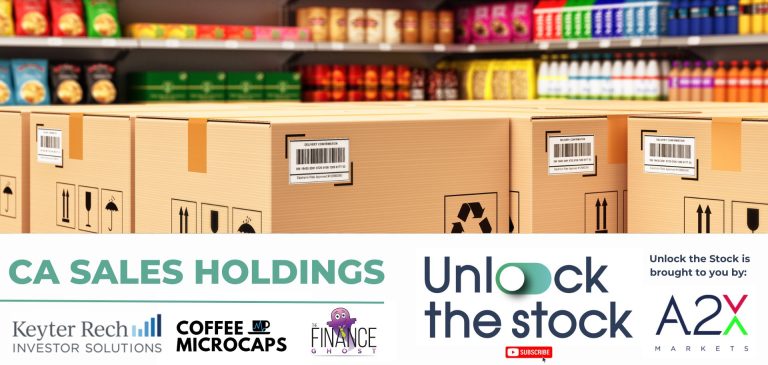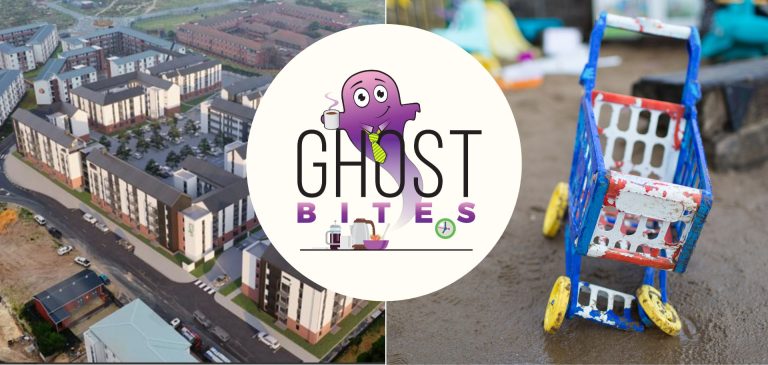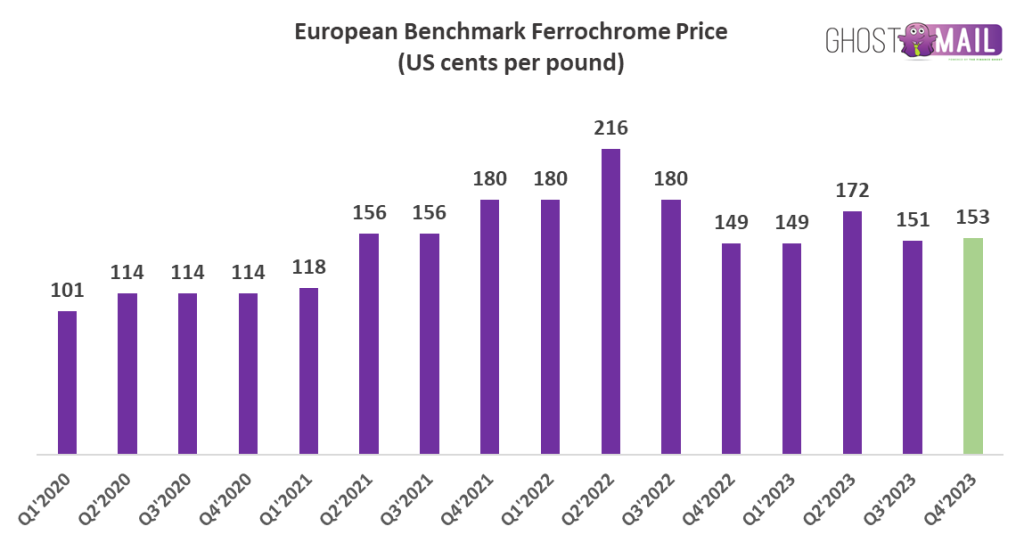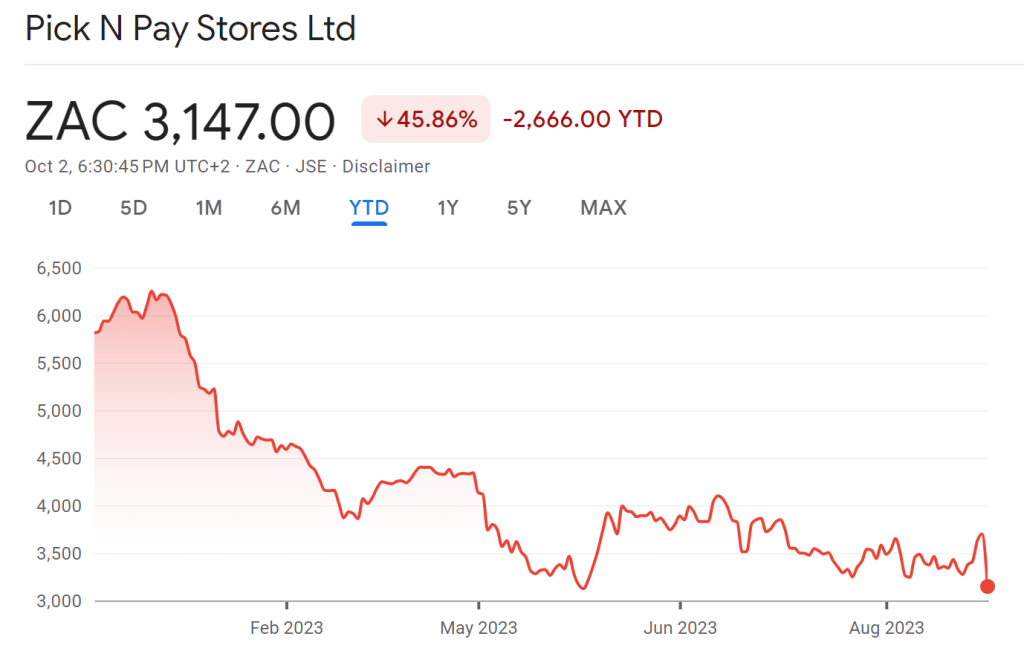Exchange-Listed Companies
Life Healthcare (LHC) has entered into binding agreements with entities advised by iCON Infrastructure for the sale of Alliance Medical Group for a cash consideration of £593 million (R13,88 billion). The deal excludes LHC’s interests in Life Molecular Imaging Limited, Life Molecular Imaging GmbH and Life Molecular Imaging (LMI). The company intends to return the majority of the net proceeds to shareholders by way of a special dividend. Post completion, LHC will be positioned as a diversified and integrated healthcare services provider with strong growth potential in southern Africa through its integrated care model and international growth potential through LMI’s radiopharmaceutical portfolio.
In a bid to simplify the company’s dual share capital structure into a single class of ordinary shares Fortress Real Estate Investments has made an offer to acquire the remaining issued Fortress B shares in exchange for NEPI Rockcastle shares. In terms of the scheme, Fortress will repurchase all FFB shares in issue (with the exception of the FFB shares held as treasury shares, which will be cancelled). FFB shareholders will receive the 0.060207 NEPI Rockcastle shares per FFB share, resulting in 56,683,619 NEPI Rockcastle shares currently held by Fortress being used as consideration. FFA shares in issue will be converted into FFB shares. The Company has received non-binding letters of support for the Scheme from the shareholders holding 40.7% of the FFA shares and 51.9% of the FFB shares. The Scheme will have the effect of removing the current impediment which prohibited the Board from declaring dividends.
Renewable energy-focused development company Kibo Energy has, as part of its declared strategy to divest from all hydrocarbon and coal-based assets, entered into an agreement to dispose of its coal interest in Botswana. While Kibo will indeed dispose of its remaining 35% stake in Kibo Energy to Shumba Energy for US$375,000, the consideration is payable by means of ordinary shares in BSE-listed Shumba which is itself a coal and energy development company. Loss making Kibo Energy Botswana consists of the Mabasekwa Coal to Power Project.
Telemedia, a subsidiary of Rex Trueform, has entered into an agreement with two parties, The Three Basset Holdings and Saalbach, to acquire a 35% stake in Interactive Television Africa. ITV Africa is an automated sports coverage company providing broadcasts and streaming services of school sports in South Africa. Telemedia will pay R18 million in cash for the stake.
Sirius Real Estate has disposed of a business park in Kassel, Germany for €7,3 million, representing a net initial yield of 6.0%.
Delta Property Fund has announced two disposals of properties in Bloemfontein in keeping with the decision to exit certain regions. The property known as Sediba & Fountain which is situated at the corner of Markgraff and Zastroon streets, is to be sold to Coffee Shop At Tyres for R19,1 million. For a cash consideration of R7 million Delta is to dispose of the property known as the VLU building to Dimatone. The two properties are located adjacent to each other.
Conduit Capital has agreed to sell back its 30% stake in OracleMed Investments to OracleMed Holdings for R9 million. The stake was acquired in June 2021 by subsidiary Constantia Risk and Insurance for R42 million.
The date for the fulfilment of conditions precedent for Finbond’s acquisition of a 49% stake in Trustco Finance Namibia has been extended once again, this time to 1 November 2023.
Surgical Innovations, a wholly owned subsidiary of Ascendis Health which commenced voluntary business rescue proceedings in May 2023, has advised shareholders that it has successfully exited the business rescue process.
Unlisted Companies
Africa-focused mining and investment company Marula Mining plc through its wholly owned subsidiary Marula Lithium Mining South Africa, has entered into an agreement with Opencast Resources (ORL) and Future Gems (FGL). In terms of the agreement, Marula Lithium Mining will secure a 70% interest in FGL from ORL, the holder of the Korridor 21 Prospecting Right in the Northern Cape. The region is known for its high-grade pegmatite deposits. The acquisition will be satisfied by way of an initial consideration of £125,000 in Marula shares along with a cash payment of up to US$50,000 with subsequent share-based payments subject to completion of key milestones.
Pretoria headquartered intellectual property service provider Hahn & Hahn, which operates across the continent, has sold a majority stake to private equity Gulf Capital’s portfolio company CWB Group.
Data solutions providers Edge DataWave (Edge Evolve Group) and Master Data Management have formed a strategic partnership in Edge Master Data. The joint venture aims to empower businesses across industries to make informed decisions, optimise efficiency and accelerate growth. Financial details were undisclosed.
Airports Company South Africa has reconsidered its decision to sell its 20% equity ownership in Aeroporto de Guarulhos Participações (GRUPAR) given the strong recovery of Sao Paulo’s Guarulhos International Airport from the negative impact of COVID-19. GRUPAR is the holder of 51% of Concessionária do Aeroporto Internacional de Guarulhos.
RWS, a UK-based provider of technology-enabled language, content and intellectual property services, has acquired STComms Language Specialists. The Cape Town-based language services provider covers a wide range of industries, working with a large network of skilled linguistic professionals across 26 African countries.
Property Solutions Africa (PSA), a multi-disciplined real estate advisory firm in South Africa, has been acquired by global flexible office specialist, The Instant Group. The acquisition will enable The Instant Group to expand its footprint across the continent.
South African fintech Stitch, which provides an end-to-end payments solution which enables businesses to build, optimise and scale financial products thereby improving the conversion for online payments, has raised US$25 million in a Series A extension round led by Ribbit Capital. Existing backers, PayPal Ventures, the Raba Partnership and CRE Ventures, also participated in the round.
DealMakers is SA’s M&A publication.
www.dealmakerssouthafrica.com


